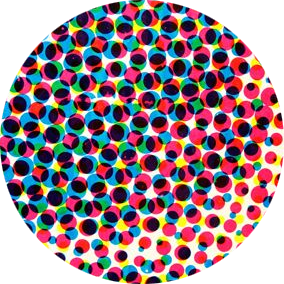Inuit Shamanism in “Rosie”


The story appears in the critically-acclaimed anthology of Indigenous-themed comics “This Place: 150 Years Retold,” which dramatizes a wide swathe of Indigenous experiences and centres Indigenous comics creators in the meaning-(re)making that the anthology undertakes. 2/8

The story centres on Rosie, a young Inuit girl whose encounter with a white missionary showcases the fundamental incompatibilities of their respective worldviews, with each interpreting the other’s actions as, essentially, primitive. 3/8

As the Qitsualik-Tinsley’s note in their introduction to the story, “Inuit psychology, as rendered in many sources, is presented as chaotic. Crude. But most researchers fail to understand that shamans (Inukitut, aangakkuit; eldritch word implying ‘ecstatic ones’)…” 4/8

“…were expressing a form of ‘imaginal intelligence’ (praised by Einstein) necessary for physical and psychological survival. This is a vision of existence using layered, reiterating systems, whether in the human heart, or ice and wind.” 5/8

Chomichuk’s illustrations bring this aspect to vivid life, showcasing, through Rosie, a worldview that ascribes visual information to profound observations about things such as danger, intent, falsity, betrayal, and joy. 6/8

The tragedy inherent in the lack of understanding between cultures thus impoverishes the settler who can see only in terms of remote white snow & capitalism, while Rosie (and the readers) perceive a world of vibrant shapes & colour, expressing intuition, emotion, and reason. 7/8

The end effect is to use the medium of comics (and, in this case, a mixed media approach) to build a visual vocabulary that conveys that which language-alone can’t represent (a key theme in the story), and to help bridge a nuanced understanding of competing worldviews. 8/8
